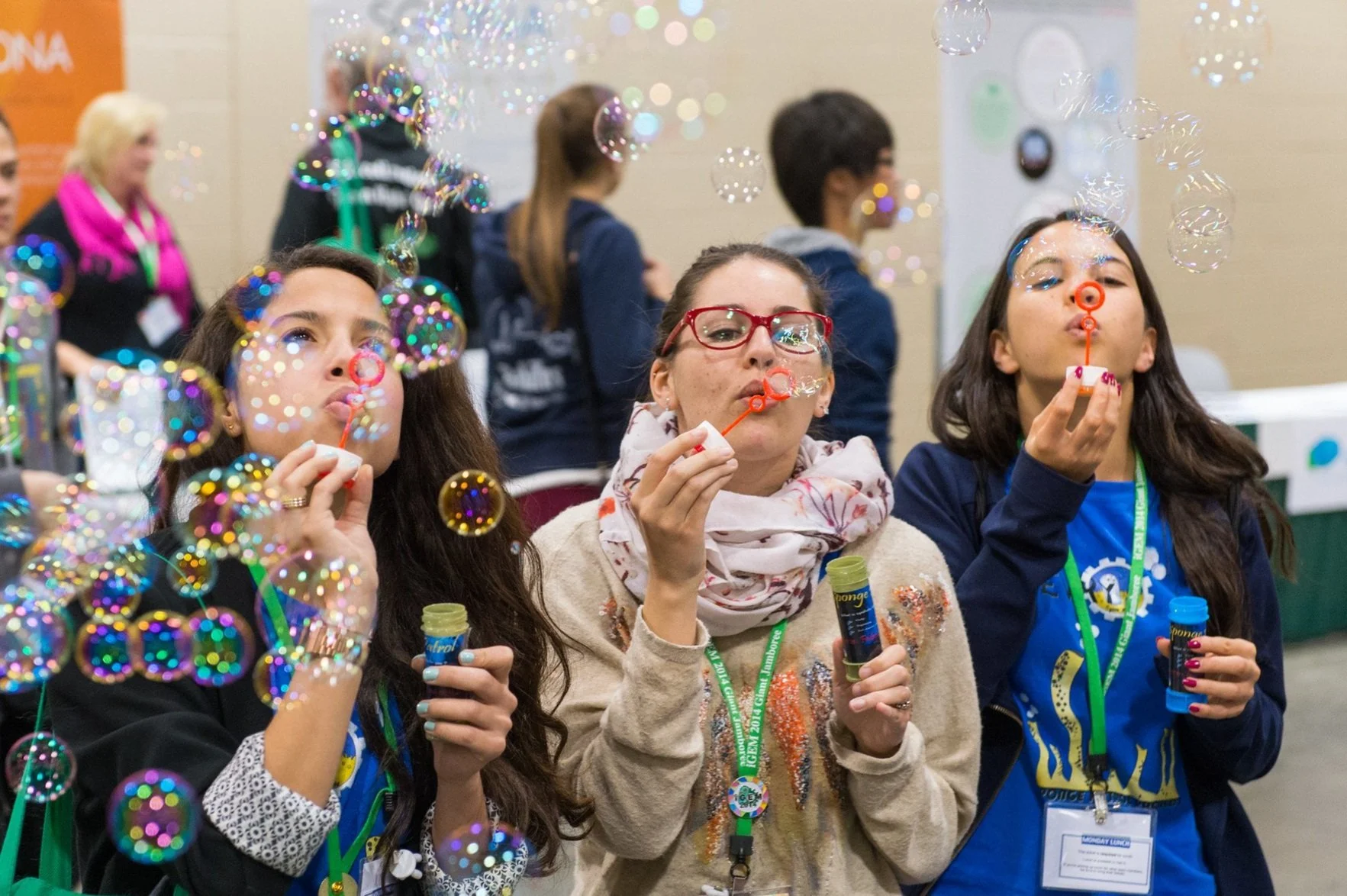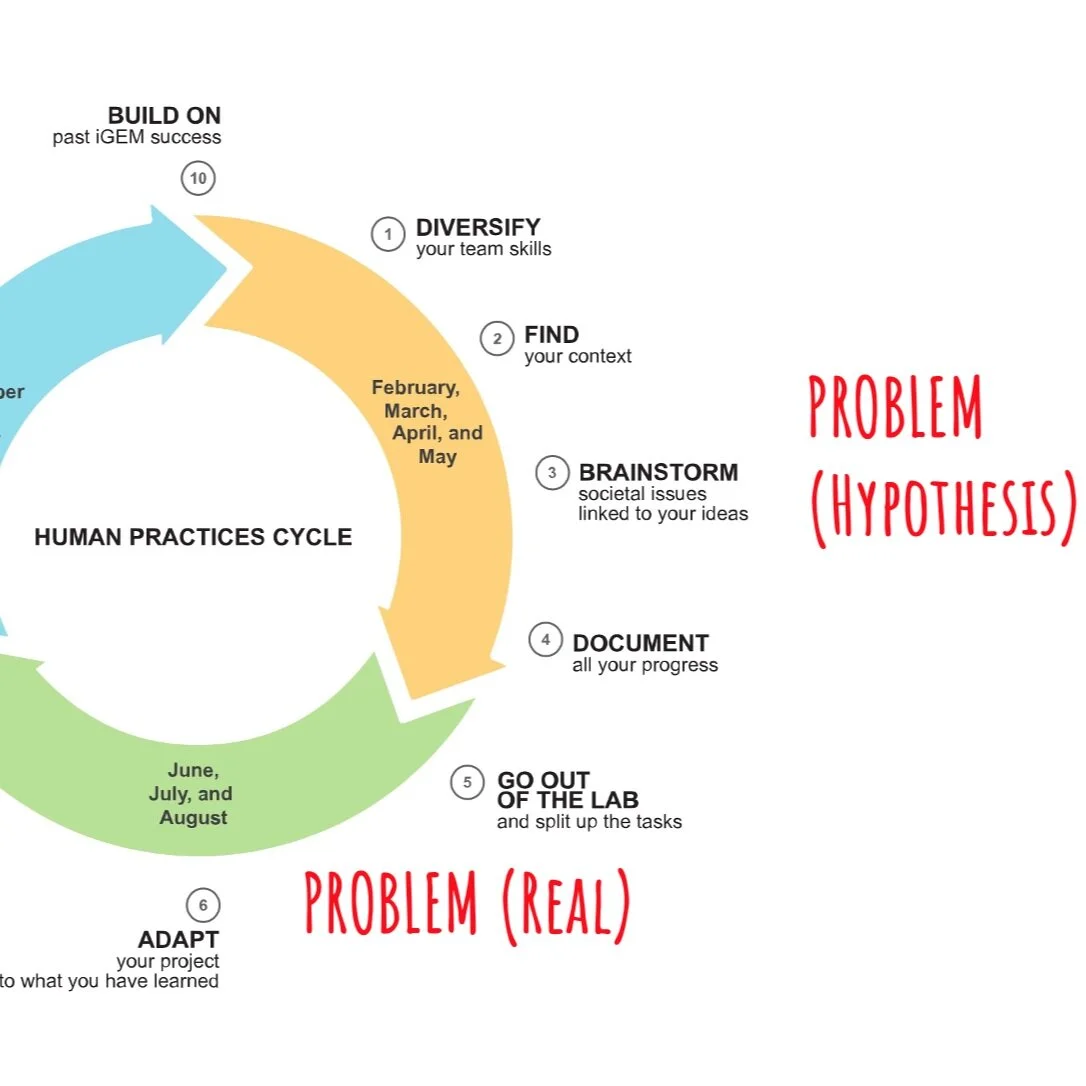Starting an iGEM team and getting a project started in the iGEM Competition can be a challenge, even for returning teams. We have prepared this guide to help you understand what to expect throughout the iGEM Competition Cycle, whether this is your first time participating, or you are returning as a seasoned veteran.
Welcome!
This blog is where we share stories, announcements, and insights from around the iGEM community.

















